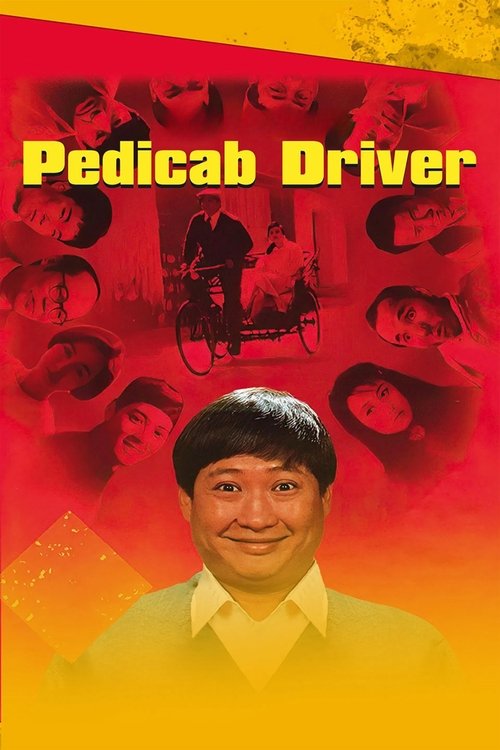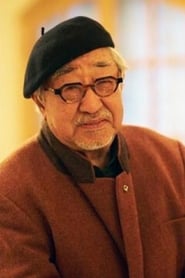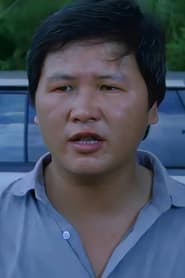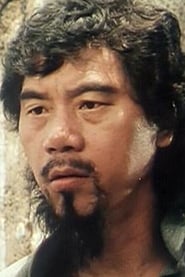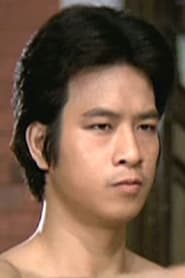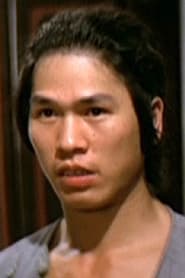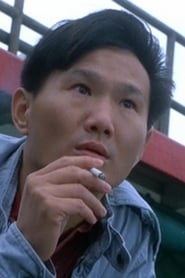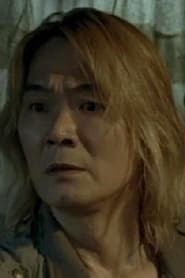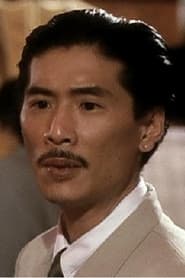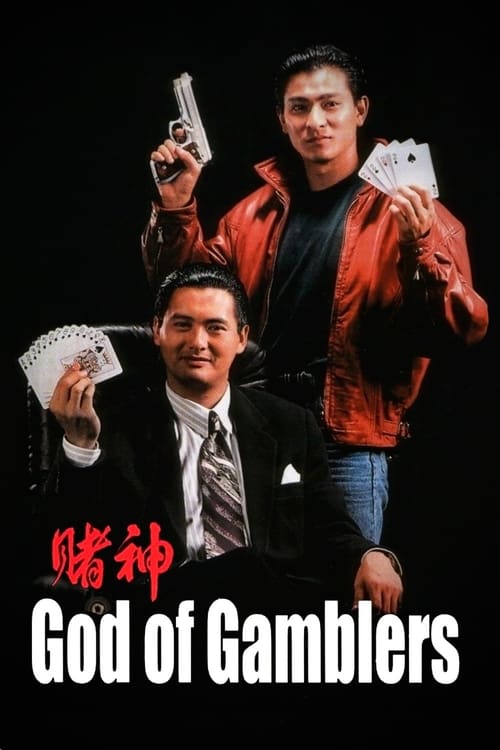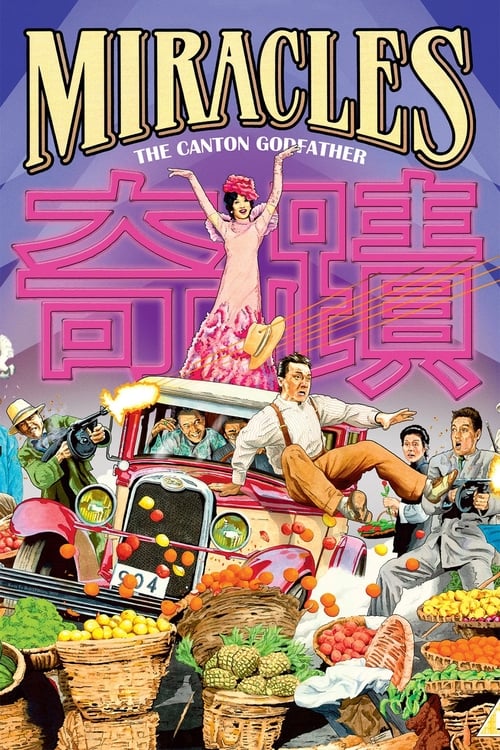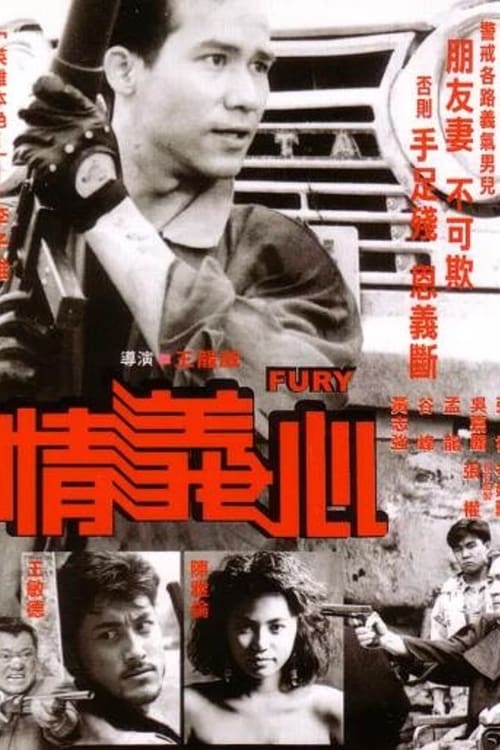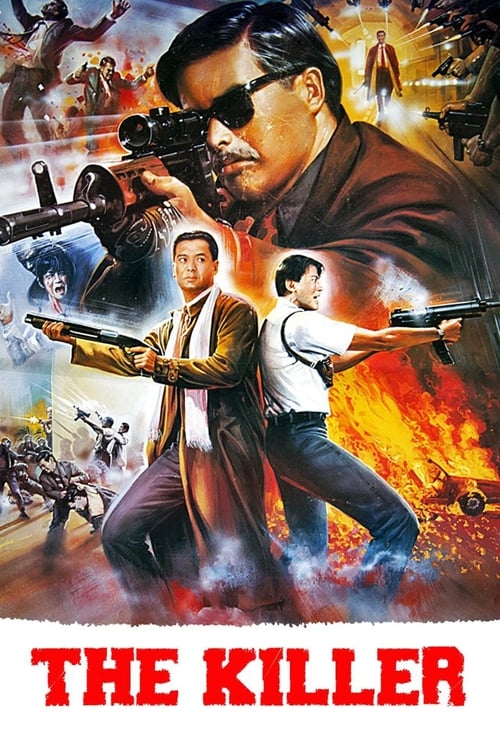
Ask Your Own Question
What is the plot?
The humid air of Macau in the 1930s hangs thick over the narrow streets, where the clatter of wooden wheels and the shouts of vendors fill the morning. The sun rises over the harbor, casting long shadows across the cobblestones as the city stirs to life. In the heart of the old district, two rival groups of pedicab drivers gather, their faces set in grim determination. They are about to go to war--not over territory in the traditional sense, but over the right to ply their trade in the busiest parts of town. The tension is palpable, the air crackling with the promise of violence. Lo Tung, a burly but agile man with a ready smile, stands among his comrades, his eyes scanning the opposition. Beside him is his closest friend, Malted Candy, whose nickname belies his wiry frame and quick wit. They are not soldiers, but in this world, every day is a battle for survival.
The peace-making meeting between the groups is tense, the leaders trying to negotiate a truce. But words fail, and soon the meeting degenerates into a brawl. Fists fly, bodies crash to the ground, and the street erupts in chaos. Lo Tung moves with surprising grace for his size, dodging blows and delivering his own with precision. Malted Candy, meanwhile, is more of a brawler, relying on speed and cunning. The fight is brutal but brief, a reminder of the fragile peace that holds in this world. When the dust settles, the groups part ways, but the rivalry is far from over.
As the day progresses, Lo Tung finds himself drawn to a modest bakery tucked away in a quiet alley. Inside, Ping, a young woman with a gentle smile and a talent for baking, works diligently, her hands dusted with flour. Lo Tung watches her from a distance, his heart stirred by her quiet strength. He is not the only one who notices her; Fung, the master baker, also has his eye on Ping, and his jealousy is evident in the way he glares at Lo Tung whenever he visits the shop. The bakery becomes a sanctuary for Lo Tung, a place where he can escape the harsh realities of his life and dream of something better.
Meanwhile, Malted Candy's life takes a different turn. One afternoon, he picks up a fare--a woman named Hsiao Tsui, whose beauty is matched only by her mystery. She is polite but distant, and Malted Candy is immediately smitten. As they talk, he learns little about her, but her presence lingers in his mind long after he drops her off. He begins to seek her out, hoping for another chance to see her. But Hsiao Tsui is not what she seems. Unbeknownst to Malted Candy, she is a prostitute, forced into her occupation by Master Six, a powerful crime boss who controls much of the city's underworld. Hsiao Tsui's life is one of servitude and fear, her every move watched by Master Six's thugs.
The lives of Lo Tung and Malted Candy intersect in unexpected ways. One evening, Lo Tung takes Ping on a date, a rare moment of happiness in their otherwise difficult lives. But their joy is short-lived. As they walk through the streets, they are chased by a group of thugs, and in the chaos, Ping accidentally loses her money at a gambling house. The owner of the house, a man known only as the Gambling House Boss, refuses to return her money, taunting her with cruel words. Lo Tung, unable to stand by and watch, steps forward. "You think you can take from her and get away with it?" he demands, his voice low and dangerous. The boss laughs, but Lo Tung is not deterred. The two men square off, and a brutal fight ensues. Lo Tung's martial arts skills are on full display as he takes on the boss and his henchmen, his movements a blend of power and agility. The fight is snazzy and brutal, a testament to Sammo Hung's physical prowess. In the end, Lo Tung emerges victorious, and Ping's money is returned. The two share a moment of triumph, their bond strengthened by the ordeal.
But Malted Candy's world is about to be shattered. He finally works up the courage to confess his feelings to Hsiao Tsui, only to discover the truth about her occupation. "You're a prostitute?" he asks, his voice filled with disbelief and pain. Hsiao Tsui looks away, unable to meet his eyes. "I have no choice," she whispers. Malted Candy is devastated, his dreams of love crushed by the harsh reality of her life. He rejects her, unable to reconcile his feelings with the truth. The revelation causes a rift among the pedicab drivers, as they struggle to come to terms with the situation. Tensions rise, and the group's camaraderie is tested.
The situation is further complicated by a shocking revelation: one of the pedicab drivers, a close friend of both Lo Tung and Malted Candy, had recently paid to have sex with Hsiao Tsui. The news spreads quickly, causing a shift in loyalties and deepening the divide within the group. Ping, witnessing the turmoil, scolds the drivers for their behavior. "You call yourselves men, but you act like children," she says, her voice firm. Her words strike a chord, and the drivers begin to see the error of their ways. They reconcile, their friendship restored, but the shadow of Hsiao Tsui's secret looms large.
Master Six, meanwhile, is not content to let Hsiao Tsui slip away. He sends his thugs to reclaim her, escalating the conflict. The pedicab drivers are caught in the crossfire, their lives threatened by the crime boss's cruelty. One of their own, a loyal and brave friend, is killed by Master Six's gang during a confrontation over Hsiao Tsui. The death is a turning point, a moment of tragedy that galvanizes the group. Lo Tung, filled with grief and rage, vows to seek revenge. "We will not let his death be in vain," he declares, his voice trembling with emotion.
The climax unfolds with Lo Tung and his friends launching a vengeful assault on Master Six's mansion. The mansion is a fortress, its walls guarded by armed thugs. The pedicab drivers, armed with nothing but their courage and martial arts skills, storm the compound. The final confrontation is intense, a series of martial arts battles that showcase the skill and determination of the protagonists. Lo Tung faces off against Master Six himself, their fight a clash of wills and strength. The crime boss is ruthless, but Lo Tung is relentless. In the end, Lo Tung emerges victorious, defeating Master Six and his thugs. Hsiao Tsui is freed from her oppressive situation, her life restored to her.
The film ends with the protagonists having avenged their fallen friend and restored honor to their group. The last scenes emphasize camaraderie, justice, and the resilience of the working-class heroes in the face of corruption and violence. Lo Tung and Malted Candy stand together, their friendship stronger than ever. Ping and Hsiao Tsui are safe, their futures uncertain but filled with hope. The pedicab drivers return to their lives, their spirits unbroken by the trials they have faced. The sun sets over Macau, casting a golden glow over the city, a symbol of the enduring strength of those who fight for what is right.
What is the ending?
In the ending of "Pedicab Driver," the protagonist, a pedicab driver named Ah Choi, faces a series of confrontations that lead to a tragic climax. After a violent encounter with a gang, Ah Choi is left devastated, and the film concludes with a poignant reflection on his struggles and the harsh realities of life.
As the film approaches its conclusion, the tension escalates. Ah Choi, who has been trying to make a living while caring for his love interest, is drawn into a conflict with a local gang that has been terrorizing the neighborhood. The gang's leader, a ruthless figure, has been a constant source of trouble for Ah Choi and his friends.
In a pivotal scene, Ah Choi confronts the gang members after they attack his friend, showcasing his growing desperation and determination to protect those he cares about. The confrontation is intense, filled with physical altercations that highlight the brutality of the gang's influence. Ah Choi fights valiantly, but he is outnumbered and ultimately overpowered.
As the dust settles, Ah Choi is left battered and bruised, both physically and emotionally. The aftermath of the fight leaves him questioning his choices and the futility of his struggle against the overwhelming forces of violence and crime in his environment. His love interest, who has been a source of hope throughout the film, watches helplessly as Ah Choi grapples with the consequences of his actions.
In the final scenes, Ah Choi is seen reflecting on his life, the dreams he once had, and the harsh reality he faces. The film closes on a somber note, emphasizing the cyclical nature of violence and the challenges of survival in a world that often seems indifferent to individual suffering. The fate of Ah Choi is left ambiguous, but it is clear that he has been irrevocably changed by the events that transpired, embodying the struggles of many who seek a better life amidst adversity.
Is there a post-credit scene?
The movie "Pedicab Driver," produced in 1989, does not have a post-credit scene. The film concludes its narrative without any additional scenes after the credits roll. The story wraps up with the main characters' arcs resolved, focusing on the struggles and triumphs of the pedicab driver, played by Donnie Yen, and his relationships throughout the film. The ending emphasizes the themes of perseverance and love, leaving the audience with a sense of closure.
What motivates the main character, a pedicab driver, to take on the challenges he faces throughout the film?
The main character, played by the charismatic actor, is driven by a deep sense of responsibility and love for his family. He struggles to provide for his ailing mother and younger siblings, which fuels his determination to succeed despite the hardships of his job. His emotional state fluctuates between hope and despair as he navigates the bustling streets, facing both the physical demands of pedicabbing and the societal pressures of poverty.
How does the relationship between the pedicab driver and the young woman he meets evolve throughout the film?
Initially, the relationship between the pedicab driver and the young woman is marked by chance encounters and a sense of mutual attraction. As they spend more time together, their bond deepens, revealing layers of vulnerability and shared dreams. The young woman, who is also struggling with her own challenges, becomes a source of emotional support for the driver, and their relationship serves as a beacon of hope amidst the chaos of their lives.
What role do the other pedicab drivers play in the protagonist's journey?
The other pedicab drivers serve as both rivals and comrades to the protagonist. They represent the harsh realities of their shared profession, often engaging in competitive antics that highlight the struggles of their daily lives. However, they also provide camaraderie and moments of levity, showcasing the brotherhood that forms among those in similar circumstances. Their interactions reveal the protagonist's resilience and adaptability as he learns to navigate both competition and friendship.
What specific challenges does the pedicab driver face in his daily work?
The pedicab driver faces numerous challenges, including the physical toll of pedaling through the crowded streets, dealing with difficult customers, and competing against motorized vehicles. He also encounters the threat of violence and crime, which adds a layer of danger to his job. These challenges are compounded by his financial struggles, as he must earn enough to support his family while also dealing with the unpredictability of his earnings.
How does the film depict the socio-economic conditions of the time, particularly through the experiences of the pedicab driver?
The film vividly portrays the socio-economic conditions of the late 1980s, showcasing the stark contrast between the bustling city life and the struggles of the working class. Through the experiences of the pedicab driver, viewers witness the daily grind of survival, the impact of poverty on family dynamics, and the limited opportunities available to those in his position. The cinematography captures the vibrant yet harsh realities of urban life, emphasizing the emotional weight carried by the protagonist as he navigates these challenges.
Is this family friendly?
"Pedicab Driver," produced in 1989, is a film that contains several elements that may not be suitable for children or sensitive viewers. Here are some potentially objectionable or upsetting aspects:
-
Violence: The film features scenes of physical altercations, including fights that can be intense and graphic, showcasing the harsh realities of street life.
-
Crime and Corruption: The narrative involves themes of crime, including gang activities and corrupt officials, which may be unsettling for younger audiences.
-
Emotional Struggles: Characters experience significant emotional turmoil, including loss, betrayal, and desperation, which may be distressing for sensitive viewers.
-
Adult Themes: There are references to adult relationships and situations that may not be appropriate for children, including implications of exploitation and hardship.
-
Social Issues: The film addresses poverty and the struggles of the working class, which may evoke strong emotional responses and could be heavy for younger viewers to process.
These elements contribute to a tone that is more suited for mature audiences, as they reflect the gritty realities of life depicted in the film.

